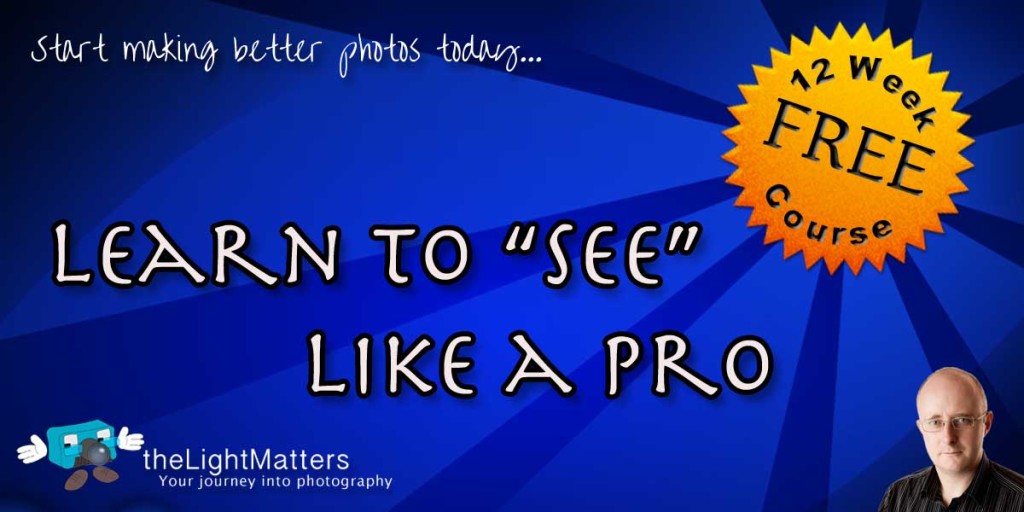The Social Media Head-shot…
It’s your profile picture.
It’s that little square of pixels you add to your profile
But what is it?
It’s your avatar
It’s your ambassador
It is your representative
In the world of social media your profile picture is you.
It travels around the web accompanying your comments and thoughts
It’s what other people interact with
It’s what other people see of you
Consider this…
…are you really a logo?
…are you really a camera-phone picture?
…are you really a person in front of their hedge?
Personal Branding – Getting your head(shot) fixed
OK, that may be a bit flippant but it’s meant to be. I’ve been doing a lot of research into Social Media and Social Media Marketing (SMM) recently as it’s a device I want to use to develop my business further. Part of that research lead me to read a large number of profiles on such sites as Facebook, Twitter, LinkedIn and a few others. Two things really amazed me:
- the number of business and professional people that are using social media as a way to reach new clients
- the number of these people that have a really bad profile picture
The first point is a good one. Social media can be used as a powerful marketing device if used correctly. The more I dig, the more success stories I uncover. With hard-copy advertising being so expensive and in my experience providing little or no returns, SMM is a very viable option for me. If I can make it work.
The second of these points is very worrying. Let’s draw a comparison with a business card in order to illustrate a point.
The Business Card Analogy
Your business card is so much more than a small piece of card that holds your contact details. They are your representative once you’ve left the meeting. They are your avatar in the business battleground. The foot soldiers you leave behind to establish a presence in a new territory.
In business, standing out is key. Some people and companies spend a small fortune on their cards in order to achieve this. Graphic designers constantly strive to come up with new and innovative designs, logos, typeface ad shapes. Printers provide ever more textures and finishes. Just recently I’ve seen embossed cards, silver foil lettering, butterfly shaped cards, transparent cards. More importantly I remember that I’ve seen them.
I also have a stack of rectangular cards that I’ve almost forgotten about apart from one. That one I keep as a reminder because it is so bad – a poor quality ink jet print laminated with clingfilm. But I do remember it. I can still remember the conversation I had with it’s owner when he handed it to me. But I remember it for the wrong reasons. This brings me back to the second bullet point above and I have to ask the question…
Why do so many people use such bad images for heir profile pictures?
The Hedge-Shot…
I can imagine the conversation…
I need to upload a picture for my profile on this website. Will you take it for me?
Yes, wait there while I find the camera. OK, say cheese.
No, not in here the room isn’t tidy and it’ll look awful.
OK, let’s go outside. It’s a nice, sunny day.
I know I’ll go and stand by the hedge.
Click.
…and another hedge-shot is born. Don’t believe me? Take a look through a few of your connections on LinkedIn. There is a very large population of people using DIY hedge-shots for their profile picture. Running a very close second is the wall-shot.
Introducing “Brand-man” and “Logo-girl” the all new Business Action Heroes
The oft perceived solution to the lack of a good head-shot: “I’ll use the company branding or logo. It is a marketing channel after all.”
This is a great solution but neglects one of he key elements of social media: it’s meant to be social. People like to talk to people and using your logo as your profile picture isn’t showing the human side of who you are. There is a really good article on Social Media Today about The Human Factor that sums it up far more eloquently than I can. Even Twitter suggests using a profile photo with a good likeness in their guidelines.
Despite this, using a logo and branding can work very well. For example the local radio station in Guildford has a big following on Twitter and Facebook with a lot of tweeting and posting back and forth. It works because of the level of social interaction they have but there is one drawback. As the Twitter handle is shared between all the DJs each one has to introduce themselves when they tweet.
Mystery-Man, Silhouette-Girl and The Egg
All social media sites have these. They’re the avatars for people without avatars. Usually in the form of a male or female silhouette (generally referred to as “mystery man”). Twitter has it’s own variant, the Twitter Egg. Why an egg? Twitter was conceived from the way birds twitter away at each other and the whole site is themed with a little blue bird. The new user is analogous to a newly laid egg that will hatch into another Twitter user when they complete their profile picture.
Unless I know the person personally I don’t tend to follow people that haven’t uploaded an image. It bothers me that they wish to participate in a social platform but either want to hide their identity or can’t be bothered to upload something. That said, there is no guarantee that their image is a true likeness.
Other Stereotypes…
There are many more social media stereotypical profile pictures around. Far too many to list here but I did come across this article in my research highlighting 10 different types of Twitter profile. I suspect that there are rather more than 10 though.
Don’t panic – all is not lost…
In the virtual world of social media, your profile is your business card. It is your very own form of personal branding. Every time you tweet or post or update, your picture and your profile go with it into the big, wide world of web2.0. Unlike it’s hard copy predecessor though this is a business card you can update and tune over time. It’s not a “drop and hope” or “fire and forget” system.
If you are now embarrassed by your profile picture you can update it. Better still, if you’re in Surrey in the UK, why not check out my new Social Media Photography package?




[…] Take a look at LinkedIn, Twitter or Facebook. Hedges and walls are very, very popular. If you want to stand out from the crowd get a head-shot not a hedge-shot. […]